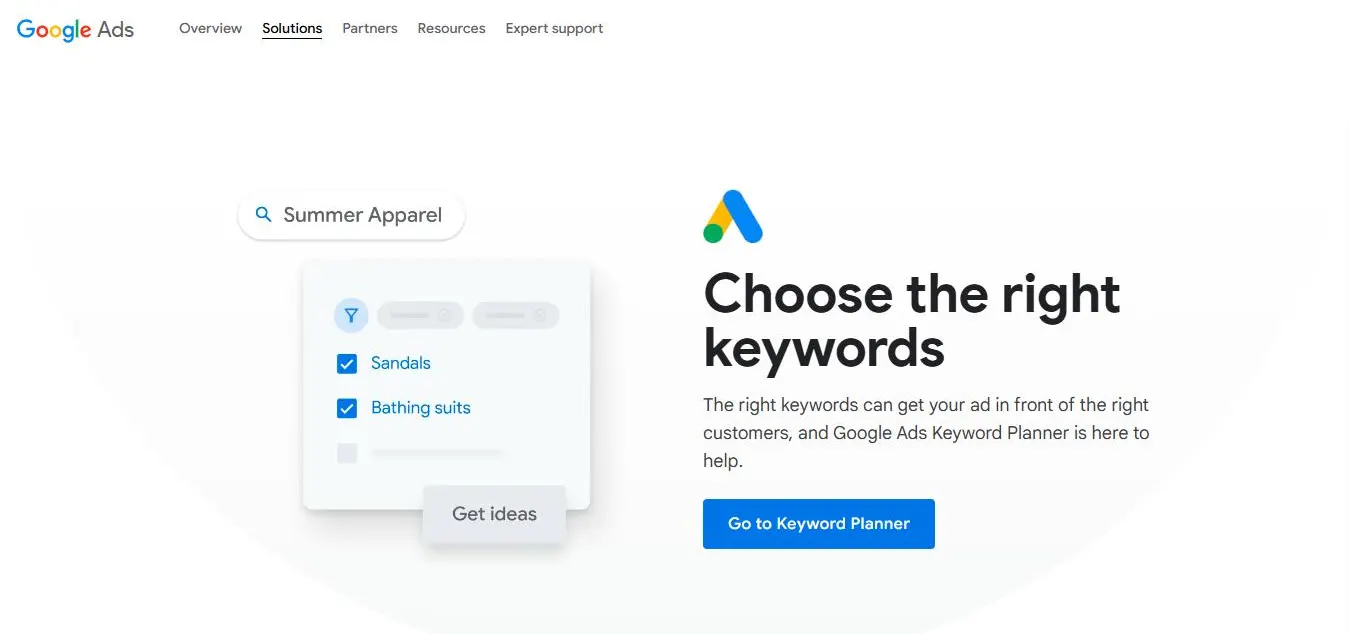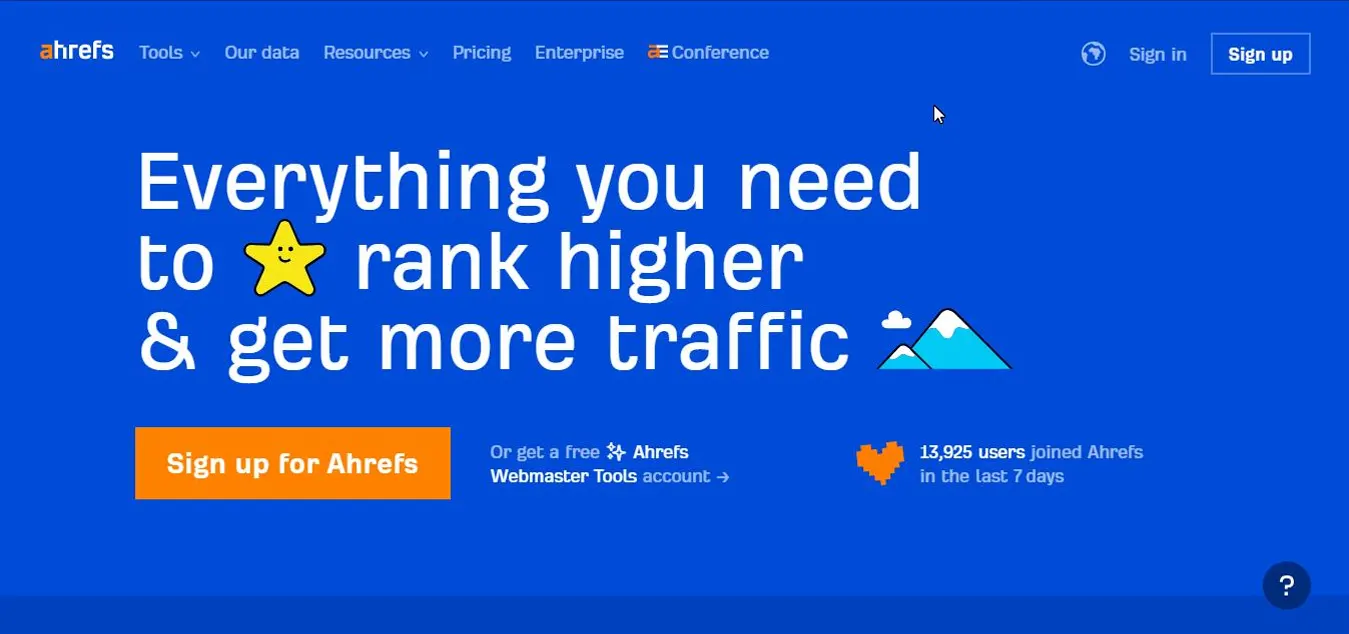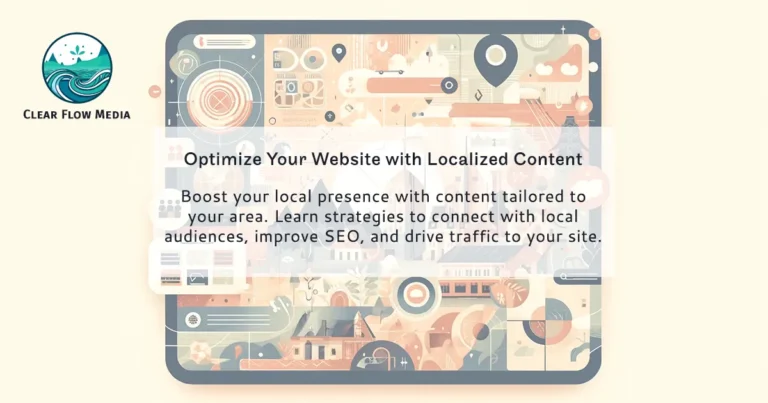Conducting Effective Keyword Research
Effective keyword research is the cornerstone of any successful SEO strategy. Understanding the search terms your potential customers use can significantly boost your website’s visibility and attract targeted traffic. Here’s how to conduct keyword research effectively.
Understanding Keyword Research
Keyword research involves identifying the terms and phrases that your target audience is using to search for products, services, or information related to your business. This process helps you understand the demand for specific topics and how difficult it might be to rank for those terms.
The Importance of Keyword Research
Keyword research is not just about finding popular terms. It’s about discovering the specific phrases your audience uses and understanding their intent. This insight allows you to create content that directly addresses their needs, improving your chances of ranking higher in search engine results pages (SERPs) and attracting more qualified traffic.
Using Keyword Research Tools
There are several tools available to help you conduct keyword research. Google Keyword Planner and Ahrefs are among the most popular. These tools provide data on search volume, keyword difficulty, and related keywords, giving you a comprehensive view of the search landscape.

Google Keyword Planner
Google Keyword Planner is a free tool that offers valuable insights into keyword performance. It shows the average monthly searches for a keyword, competition level, and suggested bid prices for paid campaigns. This tool is particularly useful for identifying new keyword opportunities and refining your existing keyword list.

Ahrefs
Ahrefs is a comprehensive SEO tool that provides detailed keyword analysis. It offers metrics such as keyword difficulty, search volume, and click-through rates. Ahrefs also includes competitive analysis features, allowing you to see which keywords your competitors are ranking for and identify gaps in your own strategy.
Identifying Relevant Keywords
Start by brainstorming a list of topics relevant to your business. Think about the main categories of your products or services and consider what your customers might be searching for. Use keyword research tools to expand on these ideas, identifying specific keywords and phrases that people are searching for.
Brainstorming Topics
Begin by listing out broad topics that are central to your business. For example, if you run a bakery, your topics might include “cakes,” “bread,” and “pastries.” From these broad topics, think about more specific areas that might interest your audience, such as “gluten-free cakes” or “artisan bread recipes.”
Expanding with Tools
Once you have your list of broad topics, input them into your chosen keyword research tool. This will generate a list of related keywords and phrases, along with data on their search volume and competition. Look for keywords that align with your business goals and audience interests.
Focusing on Long-Tail Keywords
Long-tail keywords are longer, more specific phrases that typically have lower search volumes but higher conversion rates. These keywords are less competitive, making them easier to rank for. For example, instead of targeting the broad keyword “shoes,” you might focus on “comfortable running shoes for women.” By narrowing your focus, you can more effectively reach users who are looking for exactly what you offer.
Identifying Long-Tail Keywords
Identifying long-tail keywords requires a blend of intuition and data analysis. Start by putting yourself in the shoes of your target audience. Think about the specific questions or needs they might have related to your products or services. Use keyword research tools to explore variations and related searches.
- Brainstorm specific topics and questions your audience might have.
- Use tools like Google autocomplete, Answer the Public, and SEMrush.
- Analyze competitor content to find keyword opportunities.
- Combine data insights with your industry knowledge.
Benefits of Long-Tail Keywords
Long-tail keywords often indicate a higher level of user intent. Users searching for these phrases are usually further along in their buying journey and more likely to convert. Additionally, targeting long-tail keywords can help you reach niche audiences and establish your site as an authority in specific areas.
- Higher conversion rates due to specific user intent.
- Reduced competition compared to broad keywords.
- Ability to target niche audiences effectively.
- Establishing your site as an authority in niche areas.
Analyzing Keyword Competition
Not all keywords are worth targeting. It’s important to assess the competition for each keyword to determine whether you have a realistic chance of ranking. Tools like Ahrefs can provide a keyword difficulty score, which indicates how hard it would be to rank for a particular term. Aim for keywords with moderate search volume and low to medium competition.
Understanding Keyword Difficulty
Keyword difficulty scores range from 0 to 100, with higher scores indicating more competition. For small businesses or new websites, targeting keywords with a difficulty score below 50 is often more achievable. Balance is key; choose keywords with enough search volume to drive traffic but not so much competition that ranking becomes impossible.
Considering User Intent
Understanding the intent behind a keyword is crucial. User intent can be categorized into informational (seeking information), navigational (looking for a specific website), and transactional (intending to make a purchase). Align your keywords with the intent of your audience to create content that meets their needs. For example, if someone searches for “best running shoes,” they are likely looking for a list of recommendations, indicating informational intent.
Types of User Intent
Informational intent
Users are looking for information or answers to questions. Keywords often include words like “how,” “what,” “why,” or “best.”
Navigational Intent
Users are trying to find a specific website or page. Keywords might include brand names or specific product names.
Transactional Intent
Users are ready to make a purchase. Keywords often include terms like “buy,” “discount,” or “order.”
Organizing and Prioritizing Keywords
Once you have a list of potential keywords, organize them into groups based on themes or topics. This will help you create structured content that addresses multiple related keywords. Prioritize your keywords based on relevance, search volume, and competition. Focus on high-priority keywords that offer the best balance of traffic potential and achievability.
Creating Keyword Groups
Group your keywords by topic or theme. For example, if you have a list of keywords related to baking, you might group them into categories like “bread recipes,” “cake decorating,” and “pastry techniques.” This organization helps you plan content more effectively and ensures comprehensive coverage of each topic.
Setting Priorities
Not all keywords are equal in value. Assign priorities to your keywords based on factors like search volume, competition, and relevance to your business goals. High-priority keywords should be central to your content strategy, while lower-priority keywords can be used to supplement and expand your reach.
Integrating Keywords into Content
Effective keyword research doesn’t end with identifying the right terms. You need to strategically integrate these keywords into your website content. This includes placing keywords in titles, headings, meta descriptions, and throughout the body text. Ensure your content remains natural and readable; keyword stuffing can harm your rankings.
Best Practices for Keyword Integration

Titles and Headings
Include your primary keyword in the title and main headings of your content. This helps search engines understand the focus of your page.

Meta Descriptions
Write compelling meta descriptions that include your target keywords. This can improve click-through rates from search results.

Body Text
Naturally incorporate keywords throughout your content. Avoid overloading your text with keywords, which can make it unreadable and negatively impact SEO.
Monitoring and Adjusting
SEO is an ongoing process. Regularly monitor the performance of your targeted keywords using tools like Google Analytics and Google Search Console. Track metrics such as organic traffic, bounce rates, and rankings to assess how well your keywords are performing. Be prepared to adjust your strategy based on these insights, refining your keyword list and content as needed.
Using Analytics Tools
Google Analytics and Google Search Console provide valuable data on your website’s performance. Use these tools to track how users are finding your site, which keywords are driving traffic, and where you might have opportunities for improvement. You can learn more about key metrics from these tools by downloading our free website audit guide.
Adapting Your Strategy
SEO trends and search behavior change over time. Regularly revisit your keyword research and adjust your strategy to stay ahead of the competition. This might involve updating your content, targeting new keywords, or exploring emerging trends in your industry.
Conducting effective keyword research is a critical component of your SEO strategy. By understanding the search behavior of your audience and strategically targeting the right keywords, you can improve your website’s visibility and attract more qualified traffic. Regularly revisiting and updating your keyword research will ensure your content stays relevant and continues to meet the needs of your audience.



